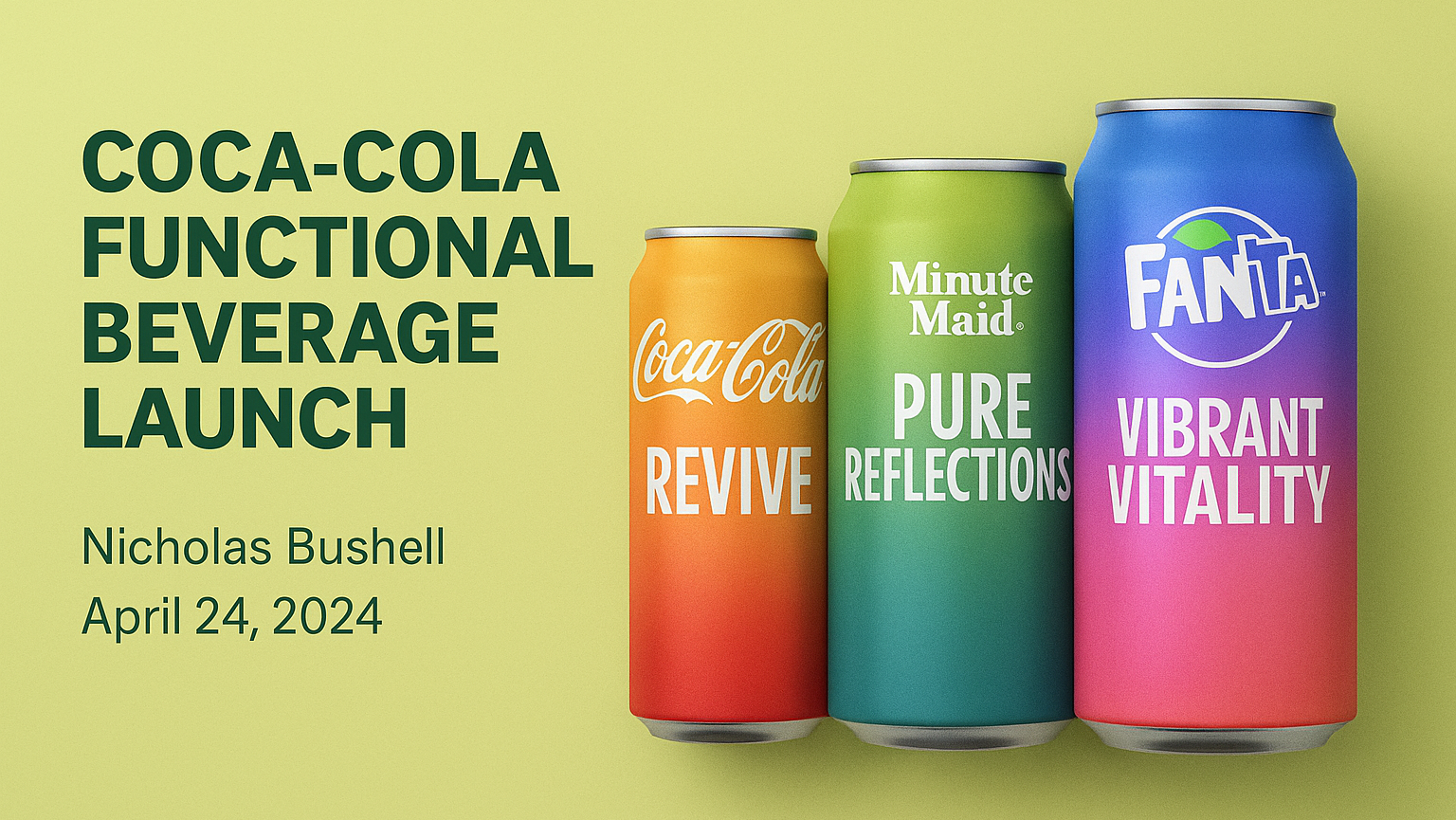(BLOG ARTICLE POST FROM WORDPRESS)
Why the WNBA’s Rising Stars Reflect a League Torn Between Performance and Personality
By Nicholas Bushell | Sports Culture Contributor
There’s a moment in every sport’s evolution where talent, culture, and commerce collide—and someone has to ask the uncomfortable questions.
That moment arrived on a spring night in Indianapolis.
The Indiana Fever’s blowout win over the Chicago Sky wasn’t just another game in an expanding WNBA season—it was a culture clash, a tempo shift, and a psychological reveal. Caitlin Clark versus Angel Reese was billed as a rivalry, but what played out on the court (and off it) felt more like a mirror being held up to the league’s deepest identity struggles.
Let’s not sugarcoat it: The WNBA is more relevant today than at any time in its 28-year history. Ratings are up. Sponsorships are flowing. Star power is surging. But with that growth comes a fundamental question:
Is the WNBA building a competitive product—or simply marketing a personality show?
Clark vs. Reese: Clash of Identity, Not Just Talent
On paper, Caitlin Clark is everything the WNBA could ask for: a generational shooter, a poised leader, and a brand magnet who plays with professional restraint. COMING OFF A SEASON WHERE SHE WON 'ROOKIE OF THE YEAR' AND WAS 4TH IN VOTING FOR 'MVP' OF THE LEAGUE, INCREDIBLE. She elevates the floor with spacing, vision, and pace. She’s drawing comparisons to Diana Taurasi and Steph Curry—not just because of range, but because of her game-first mentality.
Angel Reese, meanwhile, is compelling in a completely different way. She’s vibrant. She’s expressive. She’s unapologetic. She’s also still growing into the professional version of her game. Her presence alone generates millions of impressions online, and her college-era flair helped fuel women’s basketball’s recent renaissance.
But the contrast between the two—on and off the court—has revealed something deeper. This isn’t simply about who scores more or sells more jerseys. It’s about what kind of culture the league wants to endorse.
Clark represents professionalism and poise. Reese, the performative edge of NIL-era celebrity. And right now, the tension between those identities is threatening to eclipse the game itself. BUT, ON THE OTHER HAND, YOU HAVE THE COMPETITIVE RIVALRY ASPECT TO THIS SCENARIO WHICH IN ITS COURSE COULD PAN OUT REVENUE SURGES THAT OUT-DO THE 'NORMS', RESPECTIVELY.
The NIL Effect: When Brand Arrives Before the Player
Let’s talk honestly about NIL—Name, Image, Likeness. It’s changing sports, especially in women’s basketball. Young players are entering the league as seven-figure earners before they’ve even stepped onto a WNBA court.
That’s not inherently wrong. But it creates a psychological inversion: for many, the brand arrives before the player. The emotional development, the humility, the grind that historically came with proving oneself—those traits can get blurred when fame precedes performance.
Reese, like many NIL-era stars, now faces a harsh transition: moving from the adoration of college arenas to the brutality of professional pace, spacing, and scrutiny. It’s not just about highlights anymore—it’s about habits. And in this league, those who don’t adjust, don’t last.
This isn’t a takedown. Reese has shown flashes of elite rebounding, defensive toughness, and a unique charisma that—if channeled—could evolve into greatness. But the clock is ticking.
The W’s Veterans vs. the Wave: A Rookie Demanding Respect the Right Way
In the NBA, veteran stars tend to pass the torch—even if it takes a few hard-fought battles. Think Magic and Jordan, Duncan and LeBron, Kobe and KD. The evolution is rarely gentle, but it’s guided by a mutual understanding: greatness respects greatness.
In the WNBA, that torch feels heavier. Maybe even guarded.
Rookie Caitlin Clark has walked into one of the most emotionally complex rookie seasons we’ve ever seen in pro basketball—and she’s handled it with poise well beyond her years. She hasn’t just leaned on her name or her NIL buzz. She’s earning her keep the old-school way: through film study, late-game execution, and team-first decisions. She’s taken hits—literally—and kept her chin up. She’s turned boos into buckets and static into spacing.
And yet, it often feels like she’s being punished for her popularity.
Let’s be honest: she’s getting fouled like a vet, but not being respected like one. Some veterans seem more interested in sending messages than mentoring the next generation. Is it envy? Is it gatekeeping? Is it just the price of fame?
Whatever it is, it sends the wrong signal to young fans and aspiring hoopers: that a rookie—even one who’s already proven she belongs—has to “earn it” through humility alone, not through performance.
But Clark has already earned it.
She’s demanded respect—not by flexing her brand, but by doing exactly what this league says it values: showing up, clocking in, and making the game better for everyone around her. That’s not a threat to tradition—that’s the definition of leadership.
Veterans shouldn’t see her rise as a bypassing of dues—but as a torch already being lit, ready to be passed with pride, not resentment.
Narratives vs. Nuance: The Social Media Hangover
After the Fever’s win, a clip of Reese getting hit by a Clark screen went viral. Many rushed to frame it as a foul, a cheap shot, or a racialized moment. And in the postgame, Reese’s quote hinted at something even heavier:
“People are talking about the hate I get… I’ve seen worse things in the crowd—racial slurs, threats…”
Powerful words. Which below it seems as though the WNBA has proved those claims to be false.
Multiple teammates and staff denied hearing anything. No footage, no audio, no follow-up evidence. And that’s where this gets dangerous.
We cannot weaponize identity-based pain as a shield from criticism or as a tool to generate sympathy in every moment of tension. Doing so dilutes the very real issues of racism, sexism, and inequity that do exist in women’s sports. More importantly, it creates division in a league that desperately needs cohesion.
There’s a way to be passionate, confident, and outspoken without crossing into distortion. Great athletes learn that line—and the sooner today’s stars walk it, the better for everyone watching.
The Opportunity of a Lifetime—and the Risk of Missing It
The WNBA is in a unique position. Never before has it had this kind of viewership, this level of endorsement money, this many generational talents on the floor at once.
And yet, it also risks becoming the very thing it claims to oppose: a media-driven sideshow where the game becomes the backdrop to personality clashes and politicized soundbites.
The best leagues in the world—NBA, Premier League, NFL—are built on competition first. Then the marketing machine follows. The W has the talent. The question is whether it has the culture to support that talent without eating itself alive.
A League Worth Fighting For
For the first time in decades, the WNBA feels like it’s at war with itself—but that’s not a bad thing. Growth hurts. So does change. But the collision we’re seeing between veterans protecting what they’ve built and rookies redefining what’s possible is exactly what evolution looks like.
This isn’t just about media clicks or jersey sales. This is about legacy. About identity. About a league finally forced to answer its toughest question yet: What does it mean to grow without letting go of who you are?
The Caitlin Clark era hasn’t just shaken things up—it’s exposed a tension the W has avoided for too long: that sometimes protecting the culture can feel like gatekeeping, and that rising stars shouldn’t have to dull their shine to be accepted into the club.
But the best leagues—the ones that last—find a way to honor the past while embracing the future. That’s how the NBA became a global empire. That’s how the NCAA turned March into a religion. That’s how the W has to play this.
Because this is a league worth fighting for.
A league worth investing in. A league that deserves the billion-dollar infrastructure its players have carried without complaint. A league that’s already proven it can produce icons, rivalries, dynasties—everything a sports fan lives for.
And here’s the real kicker: the wave is only beginning.


